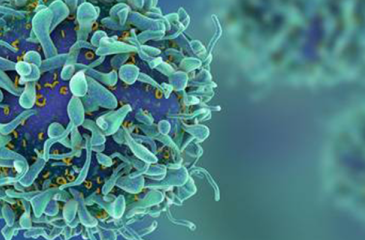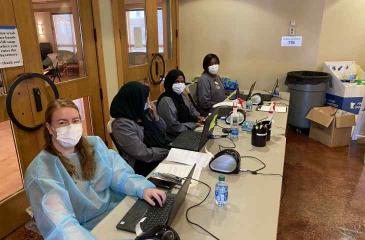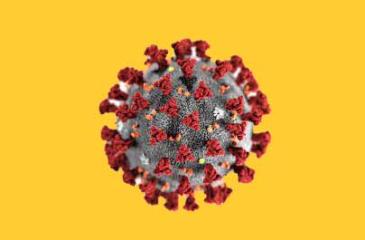News

J Virol: Scientists Reveal the Molecular Mechanism of Human T Cell Leukemia Virus Infection and Spread
November 15, 2022
Recently, a research report published in the international journal Journal of Virology , scientists from the University of Minnesota developed a new strategy through research, or hopefully blocked A highly contagious virus spreads in…

IMV Investigators Win NIH Funding to Establish Midwest AViDD Center
October 17, 2022
IMV Investigators from several UMN colleges are a part of the team that will work with colleagues at 15 other academic institutions.

Findings by UMN Researchers Could Help Fight Cancer
December 29, 2021
Researchers made a key discovery that could help fight Human T-cell leukemia virus type (HTLV-1).

Collaborative Pilot Effort to Address COVID Vaccine Hesitancy
August 10, 2021
Individuals were surveyed about their concerns and verbal responses were collected.

Addressing vaccine myths and hesitancy
July 8, 2021
Part of the new “Ask a U of M Expert” video talks, Dr. Mansky answered questions from journalists about vaccine 101, myths and hesitancy.

For mRNA vaccines, COVID-19 might just be the beginning: MINNPOST
June 6, 2021
In the case of SARS-COV2, the coronavirus that causes COVID-19, the vaccines include mRNA with information from the virus’ spike protein, the mechanism by which it breaks into cells.

What Will Life After the COVID-19 Vaccine Look Like: Teen Vogue
February 8, 2021
Booster is a Teen Vogue series exploring the COVID-19 vaccine, and what it means for young people — from the science behind it to how it impacts our lives.

The coronavirus is mutating-but what determines how quickly?: National Geographic
February 5, 2021
Though not technically alive, viruses mutate and evolve similar to living cells, producing new variants all the time.

New strategy discovered toward possible prevention of cancers tied to mono, the “kissing disease”
November 6, 2018
The research focuses on how the Epstein-Barr virus and Kaposi’s sarcoma herpesvirus shield themselves from destruction inside the human body.

Pathway for human cancer virus creation discovered
September 21, 2018
Finding out where a virus replicates inside the body is key to understanding how to stop an infection from spreading.